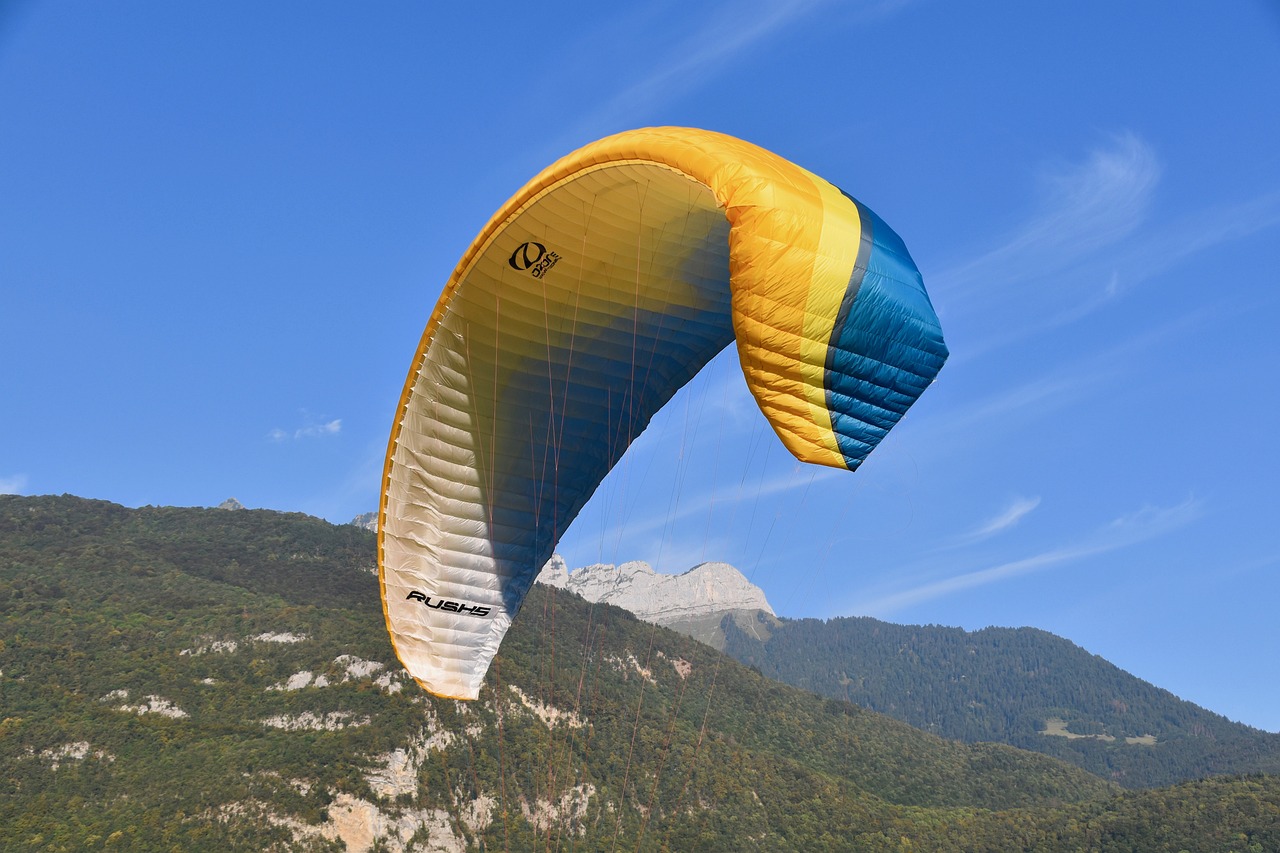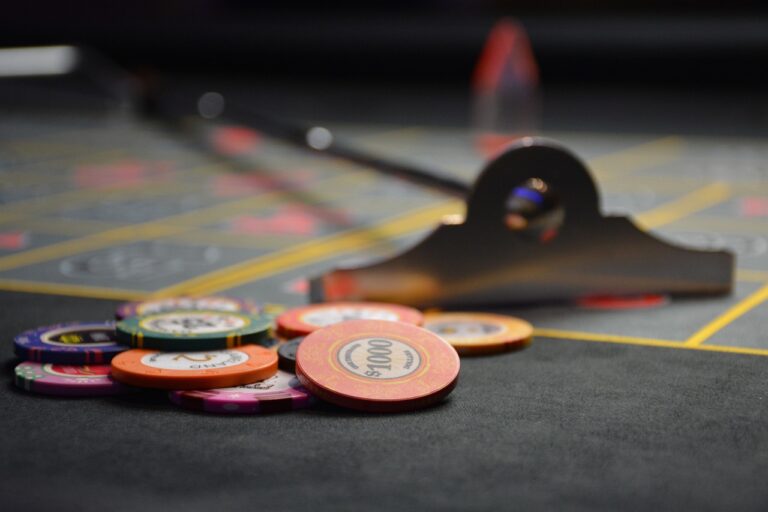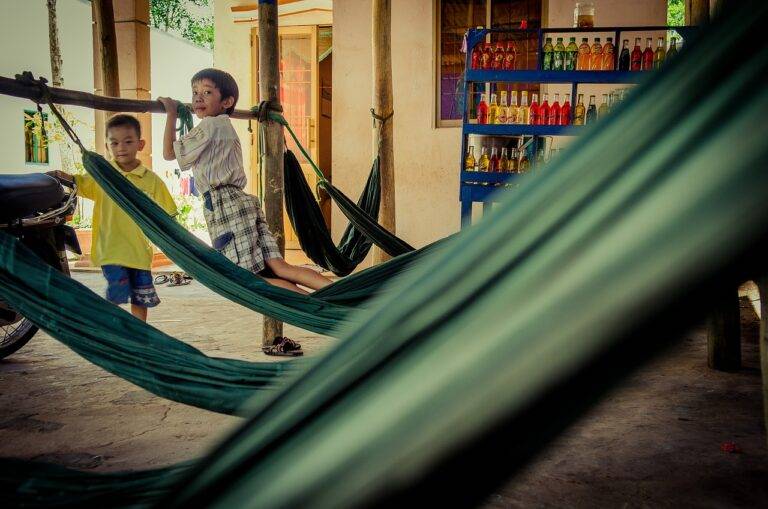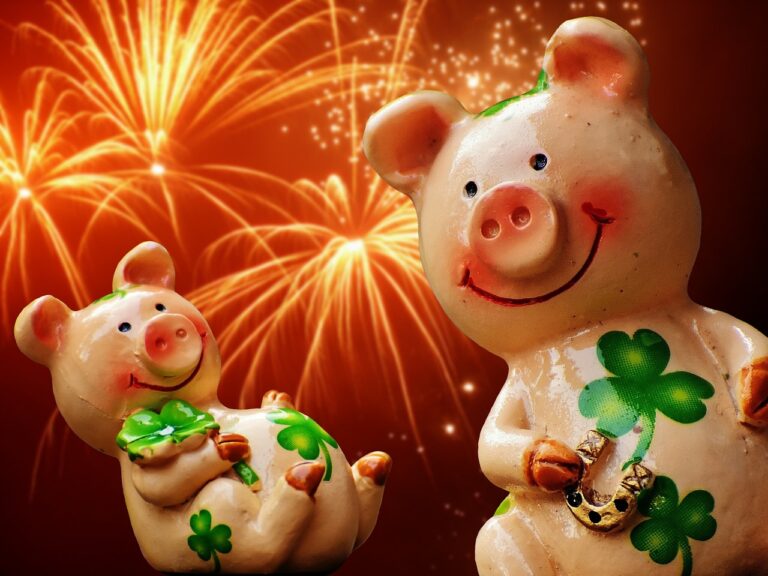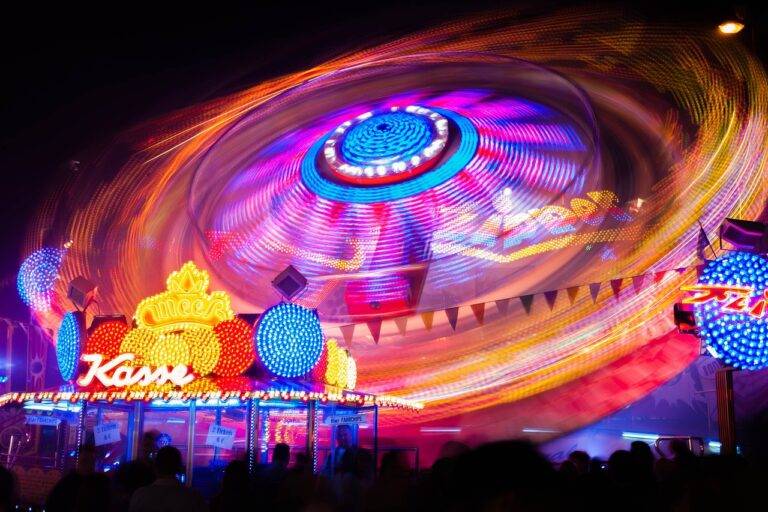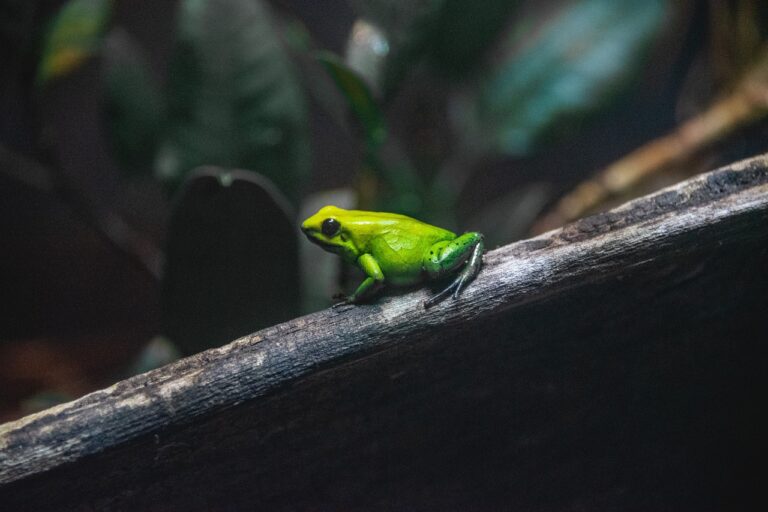Analyzing the Cultural Significance of Musical Subgenres: From Hip-Hop to EDM
Musical subgenres emerge from the desire to explore new sounds, rhythms, and themes within the broader spectrum of music. These subgenres often develop organically, stemming from unique cultural influences, technological advancements, and individual creativity. As artists and listeners seek to push boundaries and carve out their own distinct musical identity, subgenres are born, adding richness and diversity to the musical landscape.
From the rebellious spirit of punk rock to the smooth grooves of jazz fusion, each subgenre tells a different story and captures a specific mood or ethos. As music continues to evolve, new subgenres will inevitably emerge, reflecting the ever-changing tastes and experiences of artists and audiences alike. The origins of musical subgenres lie in a constant quest for innovation and self-expression, driving musicians to break away from convention and forge new sonic paths.
The Evolution of Hip-Hop
Hip-hop emerged in the late 1970s as a cultural movement in the Bronx, New York City. Rooted in African American and Latino communities, hip-hop was a form of self-expression through a blend of music, dance, graffiti art, and fashion. Initially characterized by DJing, MCing, and breakdancing, hip-hop soon evolved into a globally influential genre.
As hip-hop gained popularity in the 1980s and 1990s, artists like Run-D.M.C., LL Cool J, and Public Enemy emerged, bringing political and social issues to the forefront of their music. This era saw the rise of storytelling through rap lyrics and the use of sampling to create innovative beats. The Golden Age of Hip-Hop, as it came to be known, laid the foundation for future generations of artists to build upon and innovate further in the genre.
• The emergence of hip-hop in the late 1970s in the Bronx, New York City
• Rooted in African American and Latino communities as a form of self-expression
• Initially characterized by DJing, MCing, and breakdancing
• Evolution into a globally influential genre
As hip-hop continued to grow in popularity during the 1980s and 1990s, artists like Run-D.M.C., LL Cool J, and Public Enemy emerged as prominent figures. These artists brought political and social issues to the forefront of their music, using rap lyrics to tell stories and sampling to create unique beats. This era became known as the Golden Age of Hip-Hop, setting the stage for future generations of artists to push boundaries and innovate within the genre.
The Influence of EDM on Pop Culture
Electronic Dance Music (EDM) has become a dominant force in shaping pop culture around the world. The pulsating beats and infectious rhythms of EDM have transcended borders, bringing people together on dance floors and at music festivals. The rise of EDM has not only revolutionized the music industry but has also made a significant impact on other forms of entertainment and lifestyle trends.
One of the key ways in which EDM has influenced pop culture is through fashion. The vibrant and eccentric styles embraced by EDM artists and fans have permeated mainstream fashion trends. From bold colors and futuristic accessories to statement-making outfits, the EDM aesthetic has made its mark in the fashion world, inspiring new looks and influencing popular clothing brands.
What are some popular subgenres of EDM?
Some popular subgenres of EDM include house, techno, dubstep, trance, and drum and bass.
How has EDM influenced pop culture?
EDM has influenced pop culture by introducing new sounds and styles to mainstream music, influencing fashion trends, and creating a sense of community among fans.
Are there any famous EDM artists who have crossed over into mainstream pop music?
Yes, artists like Calvin Harris, Avicii, and The Chainsmokers have successfully crossed over into mainstream pop music with their EDM-influenced tracks.
How has EDM impacted the music festival scene?
EDM has had a significant impact on the music festival scene, with large EDM festivals like Tomorrowland and Ultra Music Festival drawing in massive crowds from around the world.
What role has social media played in the popularity of EDM?
Social media has played a key role in the popularity of EDM by allowing artists to connect with fans directly, share their music, and promote upcoming shows and releases.

